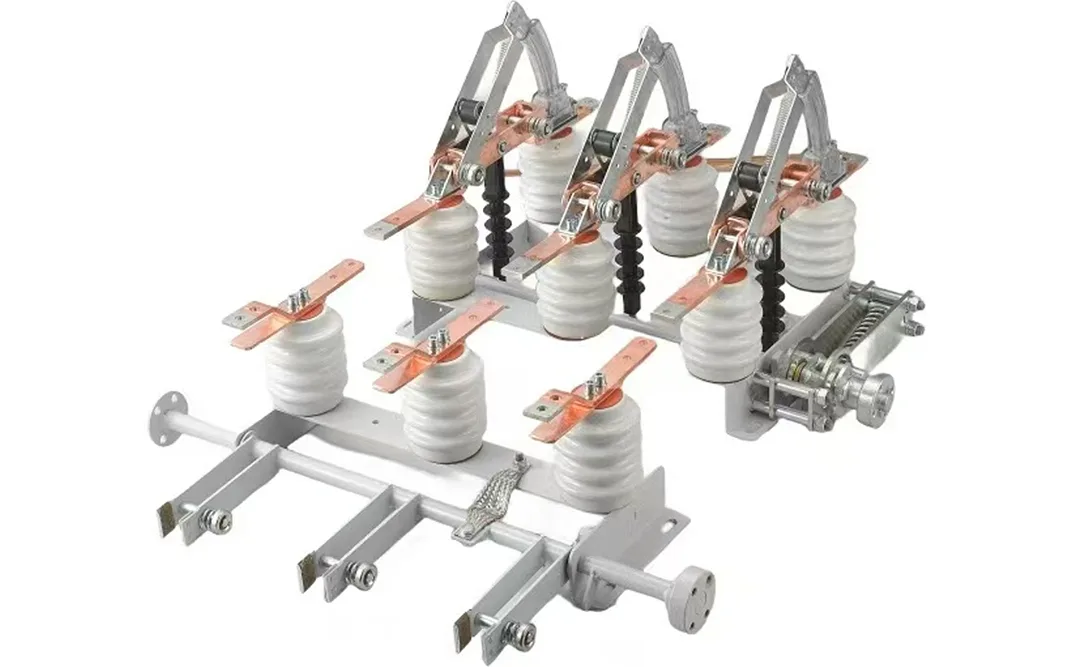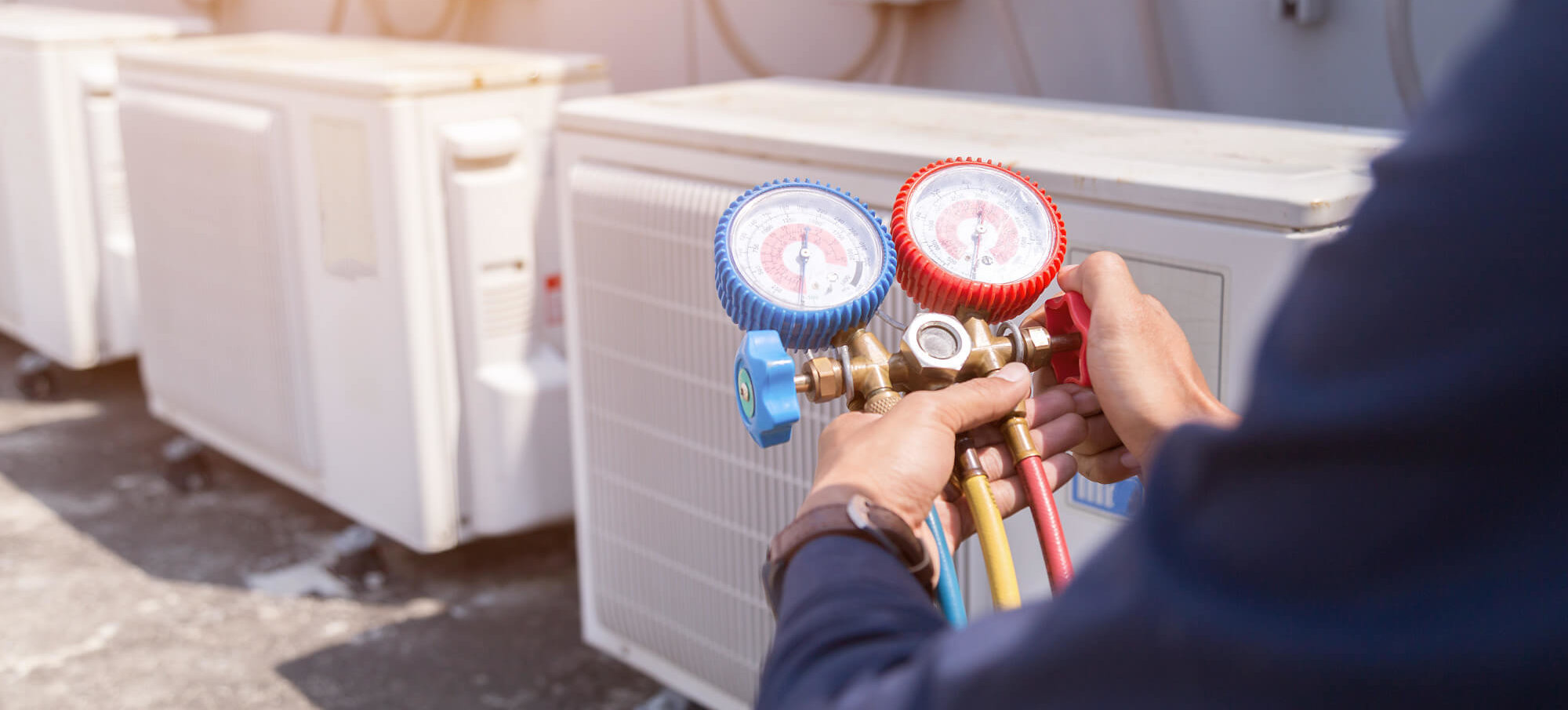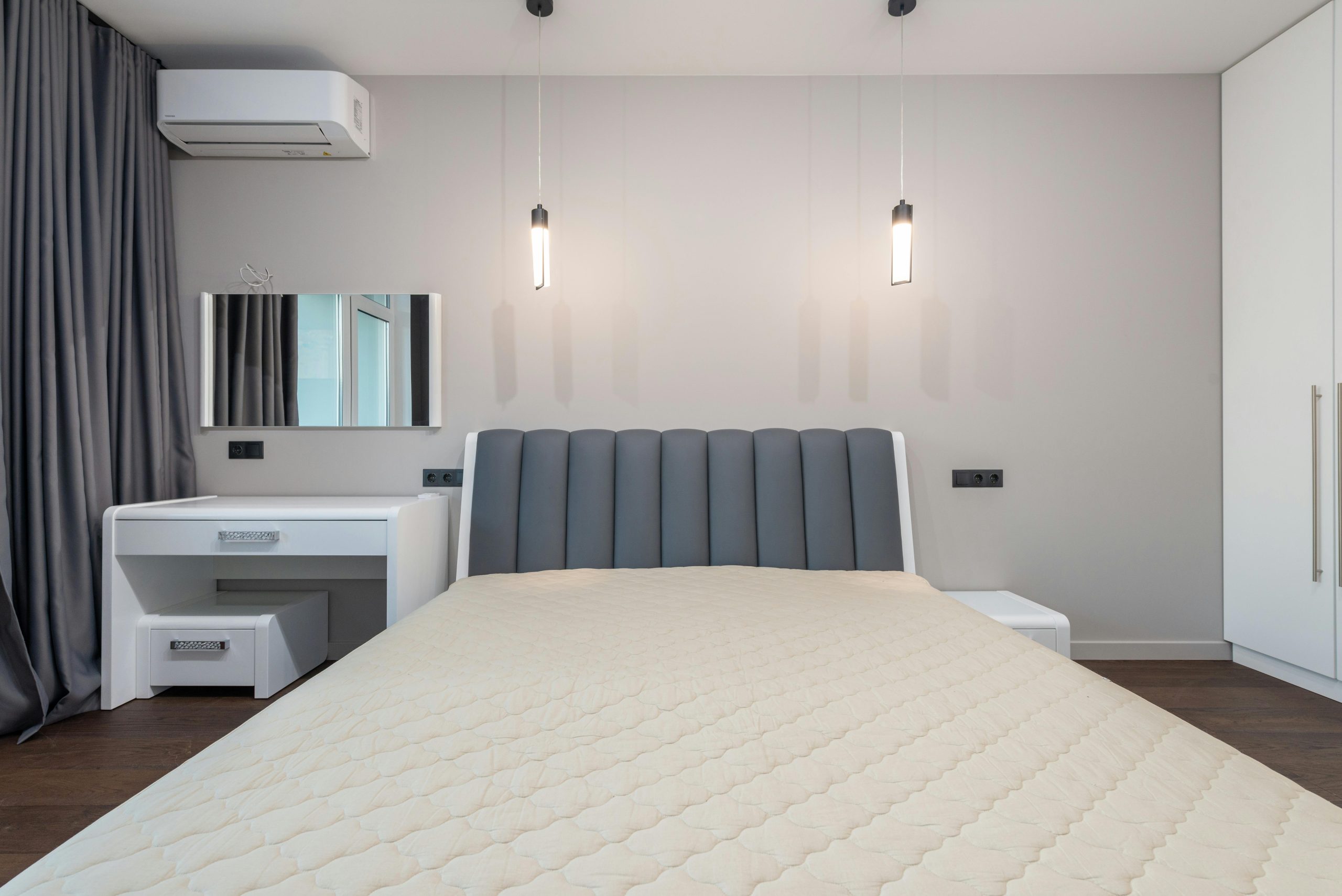Introduction to Vacuum Circuit Breakers
A vacuum circuit breaker is one of the most reliable and efficient devices used to protect electrical systems from faults and overloads. It works by interrupting the flow of current within a vacuum chamber, where the arc is quickly extinguished due to the absence of any medium such as air or gas. The Vacuum circuit breaker has become the preferred choice in modern power systems due to its long lifespan, low maintenance, and high performance in both indoor and outdoor applications.
Understanding Indoor and Outdoor Vacuum Circuit Breakers
The vacuum circuit breaker can be classified into two main types based on the location and environment in which it is installed—indoor and outdoor. Both serve the same fundamental purpose of circuit protection, but their construction, insulation, and installation methods vary significantly to suit their operating environments. Choosing the right type of vacuum circuit breaker depends on several factors, including voltage level, climatic conditions, and the physical layout of the electrical network.
Construction of Indoor Vacuum Circuit Breakers
An indoor vacuum circuit breaker is specifically designed for use within buildings, switchgear rooms, or substations protected from weather conditions. The vacuum circuit breaker used indoors is enclosed within metal-clad or metal-enclosed switchgear panels, which provide mechanical and electrical protection. These breakers are usually compact, modular, and easy to integrate with control systems. The insulation is mainly air or solid dielectric material, and the vacuum circuit breaker is operated using a spring-charged or motorized mechanism for automatic or manual control.
Construction of Outdoor Vacuum Circuit Breakers
An outdoor vacuum circuit breaker is built to operate in open-air environments and withstand external factors like rain, dust, sunlight, and temperature variations. The vacuum circuit breaker used outdoors is mounted on poles or concrete structures and enclosed in weatherproof, corrosion-resistant housings. It often features porcelain or polymeric insulators to provide effective insulation from the atmosphere. The robust design ensures that the vacuum circuit breaker continues to perform efficiently even under adverse weather conditions.
Operating Mechanism of Vacuum Circuit Breakers
The vacuum circuit breaker works on the principle of arc extinction in a vacuum. When the contacts separate during a fault, an electric arc is formed. However, due to the vacuum’s high dielectric strength, the arc is rapidly quenched as soon as the current crosses zero. Whether used indoors or outdoors, the vacuum circuit breaker offers high-speed operation, minimal arc energy, and negligible contact erosion, ensuring long-term reliability.
Advantages of Indoor Vacuum Circuit Breakers
Indoor types of vacuum circuit breakers are ideal for controlled environments. Their main advantages include compact design, ease of installation, minimal maintenance, and enhanced safety. The vacuum circuit breaker used indoors is less exposed to dust or moisture, which reduces the risk of insulation failure. Moreover, the enclosed setup makes it suitable for industrial, commercial, and utility substations where space optimization and operational safety are priorities.
Advantages of Outdoor Vacuum Circuit Breakers
Outdoor vacuum circuit breakers are designed for ruggedness and reliability. The vacuum circuit breaker in outdoor applications is resistant to environmental challenges and provides high operational efficiency. It is particularly useful for rural and remote substations, distribution networks, and overhead transmission systems. The ability of the vacuum circuit breaker to handle high voltages and resist environmental degradation makes it indispensable for outdoor power systems.
Key Differences Between Indoor and Outdoor Vacuum Circuit Breakers
There are several distinctions between indoor and outdoor types of vacuum circuit breakers. The vacuum circuit breaker used indoors is installed in enclosed switchgear systems, whereas the outdoor variant is exposed to the open environment. Indoor breakers typically have air insulation, while outdoor ones rely on porcelain or polymeric insulation. The vacuum circuit breaker for indoor use is compact and suitable for medium voltage, while outdoor models can handle higher voltages and harsher conditions. Maintenance requirements also differ, with outdoor vacuum circuit breakers requiring periodic checks for weather-related wear and tear.
Applications of Indoor Vacuum Circuit Breakers
Indoor vacuum circuit breakers are commonly used in power plants, industrial facilities, and commercial buildings. The vacuum circuit breaker in these environments protects transformers, motors, and distribution panels. Because of their compact and modular design, indoor vacuum circuit breakers are also used in urban substations where space constraints are a major factor. They ensure safe and reliable operation within controlled temperature and humidity conditions.
Applications of Outdoor Vacuum Circuit Breakers
Outdoor vacuum circuit breakers are used in electrical substations, transmission networks, and overhead lines. The vacuum circuit breaker installed outdoors can handle higher voltage levels and operate effectively even in extreme weather. Utilities prefer outdoor vacuum circuit breakers for rural electrification and grid extension projects due to their robust design and low maintenance requirements.
Maintenance and Performance Comparison
Both indoor and outdoor vacuum circuit breakers require periodic inspection to ensure optimal performance. The vacuum circuit breaker is generally low maintenance because there is no gas refilling or oil replacement needed. However, outdoor versions might require additional care to prevent corrosion and contamination. The operational performance of the vacuum circuit breaker remains consistent over many years, making it one of the most durable circuit protection devices in the industry.
Choosing Between Indoor and Outdoor Vacuum Circuit Breakers
Selecting the right vacuum circuit breaker depends on the specific requirements of the installation site. For enclosed areas with moderate voltage levels, an indoor vacuum circuit breaker is the best choice. For open installations that demand high reliability under diverse weather conditions, the outdoor vacuum circuit breaker is more suitable. Understanding these distinctions ensures optimal system protection and long-term efficiency.
Conclusion
The vacuum circuit breaker plays a critical role in modern electrical systems, ensuring safety, efficiency, and reliability. Whether used indoors or outdoors, the vacuum circuit breaker provides superior performance, rapid fault clearing, and long service life. By understanding the key differences between indoor and outdoor types, engineers and operators can make informed decisions for their specific power distribution needs. Aierway emphasizes the importance of selecting the right vacuum circuit breaker to ensure continuous, safe, and efficient electrical operation in any environment.



